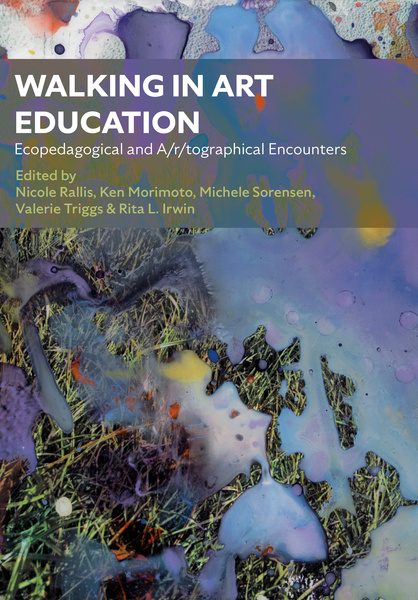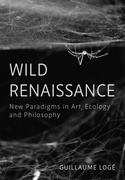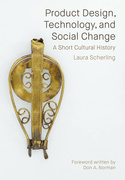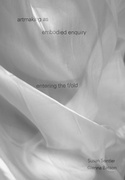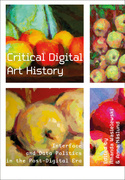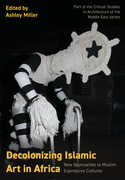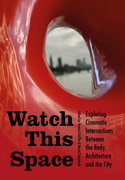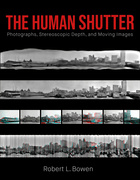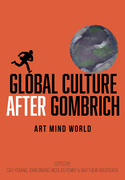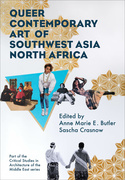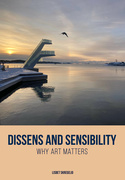Walking in Art Education (Book)
Ecopedagogical and A/r/tographical Encounters
This edited collection highlights ways that arts-educators have taken up important questions around environmental sustainability and land stewardship through walking practices across spatial, temporal and cultural differences. 42 b&w illus.

Edition
This edited collection highlights ways that arts-educators have taken up important questions around learning with the land through walking practices across spatial, temporal and cultural differences. These walking practices serve as ecopedagogical moments that attune us to human-land and more-than-human relationships, while also moving past Western-centric understandings of land and place. Yet it is also more than this as the book situates this work in a/r/tographic practices taking up walking as one method for engagement.
Authors explore walking and a/r/tography in their local contexts. As a result, the book finds that kinship and relationality are significant themes that permeate across a/r/tographic practices focused on ecopedagogy and learning with the land.
Unique to this collection is the weaving of groundings that both guide each chapter and emphasize the philosophical commitment of the book. Each grounding is written by scholars or artists with Indigenous backgrounds to Turtle Island (North America) or are scholars who are Indigenous to other countries and places who are now working in Canadian university settings. Many are Elders, cultural stewards, knowledge keepers, and stewards of the land who find themselves immersed in practices that are artful, ecological, and in many instances, involve the practice of walking. Each grounding offers an important lesson or prompt for readers to consider as they engage with the chapters, as well as offering a conceptual re-centring and grounding to the land and the traditional knowledges from the territories on which this collection is being produced and edited.
Anishnaabe kwe scholar and artist Anna-Leah King reflects on the teachings of Alfred Manitopeyes, a Saulteaux Elder from Muskcowekwun, Pimosatamowin, who shares that good walking and good talking is more than just a metaphor.
Ojibwa scholar and artist Natalie Owl troubles the dictionary definition of anecdotal in relation to walking in the world as an Indigenous woman.
Mukwa Musayett, Shelly Johnson, reflects on her relationship to the natural elements, revealing how the winds have helped her learn emotional intimacy- from feelings of grief, frustration, anger, respect, power, love and gratitude.
Metis scholar and artist Shannon Leddy invites the reader to a time-travelling walk, tracing the colonial legacies of the land where she now lives in Vancouver, Musqueam Territory, going back to ancient Greece and engaging with Greek mythology, and bringing us to creation itself, as we gestate in our mother’s womb.
Cathy Rocke invites readers to her favourite walking path where she focuses her attention to the reciprocal relationships found in nature and considers how they can help us better understand healthy human relationships.
Gloria Ramirez reflects on her homeland in the Andean Mountains and how her body is intimately tied to the places she has walked.
In a poetic grounding story, Shauneen Pete reflects on the traditional teachings shared by her grandfather from Little Pine First Nation about living and learning with the land.
Sheila Blackstock, member of the Gitxsan First Nation, invites readers to join her on a walk along the lakeshore in early springtime, as she reflects on her walking practices that have taught her how to learn from nature. She describes her movements and senses as “a heart catalogue of understanding how to be in nature”.
In this grounding lesson from Peter Cole and Pat O’Riley, the characters of Coyote and Raven invite readers to the Kichwa-Lamista of the High Amazon and the Quechua Andeans in the Sacred Valley of the Incas in Peru. Through story they talk about returning to the land in an era of climate change and learning about traditional lifeways of Indigenous relations that emphasize preserving, maintain, repairing, caring and sharing.
In her grounding poem, Yasmin Dean attunes to and shows gratitude to the Earth, as she thoughtfully considers how to open and walk through the gate that leads to the sacred.
Nicole Rallis is a PhD candidate in curriculum studies and art education at the University of British Columbia, Canada. Her research interests include a/r/tography, poetic inquiry, embodied learning and land-based pedagogies.
Ken Morimoto is a doctoral candidate in the Department of Curriculum and Pedagogy at The University of British Columbia, Canada. With interests in art-based educational research and philosophy of education, his research entails the development and exploration of conceptual landscapes as a way of study.
Michele Sorensen a woman of Mi’kmaq ancestry, is an Assistant Professor in the Faculty of Social Work at the University of Regina, Canada.
Valerie Triggs is a Professor of Arts Education and Visual Arts Education in the Faculty of Education at the University of Regina, Canada.
Rita L. Irwin is a settler of European ancestry living on the traditional, ancestral and unceded territory of the Musqueam First Nations. She is also a Distinguished University Scholar and Professor of Art Education and Curriculum Studies and former Associate Dean of Teacher Education and Head, Department of Curriculum Studies at the University of British Columbia, Canada.
Foreword – Jocelyne Robinson
Acknowledgements
Grounding: Being Anecdotal – Natalie Owl
Chapter 2: Walking Trails Connected to the Thirteen Moons – Jennifer MacDonald
Grounding: Noodinoon (“The Winds”): A Life-Giving Force We Cannot See – Shelly Johnson
Chapter 3: Conversations With Transitory Spaces: The Relationality of Tide, Time, and Transit on the St. Lawrence River – Patricia Osler
Grounding: We Come from Walking – Shannon Leddy
Chapter 4: Walking for Plant Re-Creation – Jun Hu
Grounding: Lessons From the Forest – Cathy Rocke
Chapter 5: Walking to Where the Grid Breaks Up: Accessing the Aesthetic – Valerie Triggs and Michele Sorensen
Grounding: Walk, Walking, Walker – Gloria Ramirez
Chapter 6: Don’t Move! Desired, Hairy, and Forbidden Surface Encounters in (Motionless) Walking With Alpacas – Biljana C. Fredriksen and Isabel Scarborough
Grounding: mosom calls – Shauneen Pete
Chapter 7: An A/r/tographic Inquiry of Yo/Haku and Warm Freeze: Returning to Land and Relationship During the Pandemic – Koichi Kasahara, Nanami Inoue, Mika Takahashi, Chiaki Hatakeyama,
Yukito Nishida, Takeshi Kawahito, Naoko Kojima, Kanami Ban, Seisuke Ikeda, Momoka Kiyonaga, and Kanae Shimoji
Chapter 8: Making Oddkin With Plantly Relations as Wayfaring Through Colonial Legacies – April Martin-Ko
Grounding: Resonances and Re-Entanglements in an Era of Climate Change: Performing Reciprocity with the Cosmos – Peter Cole and Pat O’Riley
Chapter 9: My Responsible Stewardship of a Place: The Mother Tree Taught Me How – Kwang Dae (Mitsy) Chung
Grounding: Opening the Gate – Yasmin Dean
Chapter 10: Collapsing Landscapes: Walking as Acts of Belonging and Becoming – Tormod Wallem Anundsen
Grounding: Mihšwe ̄ndam dakı ̄n ohte ̄ kowo ̄ndosaya ̄n—“I Love the Land From Where I Come” – Benjamin Ironstand
Chapter 11: (Random) Encounters in the Uncanny City – Chrysogonus Siddha Malilang
Grounding: My Body, My Spirit Is Tied to This Land – Marg Boyle
Notes on Contributors


